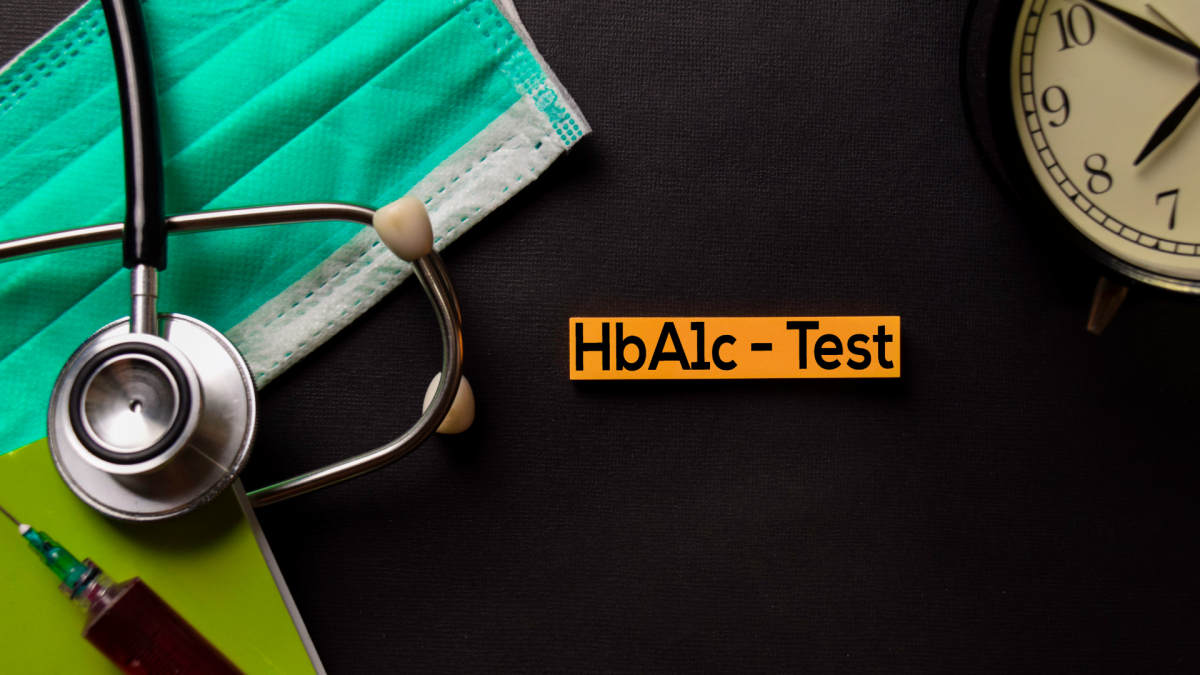Hemoglobin A1c (HbA1c) testing plays a pivotal role in the management of diabetes mellitus. This article provides a comprehensive overview of the importance of HbA1c testing in diabetes management. It elucidates the significance of HbA1c as a marker for long-term glycemic control, its role in diagnosing diabetes, monitoring treatment efficacy, and assessing the risk of diabetes-related complications.
Introduction: Diabetes mellitus, a chronic metabolic disorder characterized by elevated blood glucose levels, imposes a significant burden on global health. Effective management of diabetes is crucial to prevent complications and improve the quality of life for affected individuals. Hemoglobin A1c (HbA1c), also known as glycated hemoglobin, has emerged as a cornerstone in diabetes care, providing valuable insights into long-term glycemic control.
Importance of HbA1c Testing:
-
Long-term Glycemic Control: HbA1c reflects average blood glucose levels over the preceding 2-3 months, offering a reliable measure of long-term glycemic control. By assessing HbA1c levels regularly, healthcare providers can track trends in glucose management and adjust treatment regimens accordingly.
-
Diagnosis of Diabetes: HbA1c testing is integral to the diagnosis of diabetes, particularly in asymptomatic individuals. The American Diabetes Association (ADA) recommends using HbA1c levels ≥ 6.5% as a diagnostic criterion for diabetes.
-
Monitoring Treatment Efficacy: For individuals with diabetes, maintaining target HbA1c levels is essential to reduce the risk of complications. HbA1c testing enables healthcare providers to evaluate the effectiveness of treatment interventions, including lifestyle modifications, oral medications, or insulin therapy.
-
Risk Assessment for Complications: Elevated HbA1c levels are associated with an increased risk of microvascular (e.g., retinopathy, nephropathy) and macrovascular (e.g., cardiovascular disease) complications in diabetes. Regular monitoring of HbA1c helps identify patients at higher risk for complications, prompting early intervention to mitigate risks.
Implications in Clinical Practice:
-
Personalized Treatment Strategies: HbA1c testing facilitates individualized treatment approaches tailored to patients' glycemic goals, preferences, and comorbidities. Healthcare providers can collaborate with patients to develop comprehensive management plans that optimize glycemic control while addressing other health concerns.
-
Patient Education and Empowerment: Understanding the significance of HbA1c empowers patients to actively participate in their diabetes management. Educating patients about the relationship between HbA1c, blood glucose control, and long-term health outcomes fosters adherence to treatment recommendations and lifestyle modifications.
We offer monitoring of HbA1c at various healthcare facilities such as Clinical Laboratories, Hospitals, or Health Centers that support HbA1c examinations. Our top tool for HbA1c testing is the Sinocare iCARE-2100 Multifunction Analyzer.
With the Sinocare iCARE-2100 Multifunction Analyzer. measuring HbA1c in clinics or long-term care facilities is fast and convenient. In just one simple step, you can obtain HbA1c measurements. The results are certified by the National Glycohemoglobin Standardization Protocol (NGSP) for accuracy. Moreover, the Sinocare iCARE-2100 Multifunction Analyzer.is an officially registered product under the Republic of Indonesia's Ministry of Health.
Here are the key features of the Sinocare iCARE-2100 Multifunction Analyzer:
- Utilizes samples from capillaries and veins, which can be stored in EDTA, Heparin & NaF tubes for up to one week at 8-12°C. This facilitates sample collection, especially if not immediately used.
- Requires only a small blood sample (5 μL), ensuring ease of use.
- Offers a fast measurement time (3 minutes), providing quick results.
- Operates fully automatically, maximizing efficiency.
- Provides flexibility by measuring two different panels simultaneously, enhancing operator efficiency.
- Equipped with a thermal printer for easy data interpretation.
- Features a touch screen with large font sizes for user comfort and reduced reading errors.
Conclusion: HbA1c testing is a valuable tool in diabetes management, offering insights into long-term glycemic control, diagnosis, treatment monitoring, and risk assessment for complications. Integrating HbA1c measurements into clinical practice facilitates personalized care and empowers patients to take proactive steps towards achieving optimal health outcomes in diabetes.
References:
- American Diabetes Association. (2022). Standards of Medical Care in Diabetes—2022. Diabetes Care, 45(Supplement 1), S1-S232.
- Inzucchi, S. E., et al. (2018). Management of hyperglycemia in type 2 diabetes, 2018. A consensus report by the American Diabetes Association (ADA) and the European Association for the Study of Diabetes (EASD). Diabetes Care, 41(12), 2669-2701.
- Nathan, D. M., et al. (2017). Diabetes care, 40(1), 133-149.
- Stratton, I. M., et al. (2000). Association of glycaemia with macrovascular and microvascular complications of type 2 diabetes (UKPDS 35): prospective observational study. BMJ, 321(7258), 405-412.






